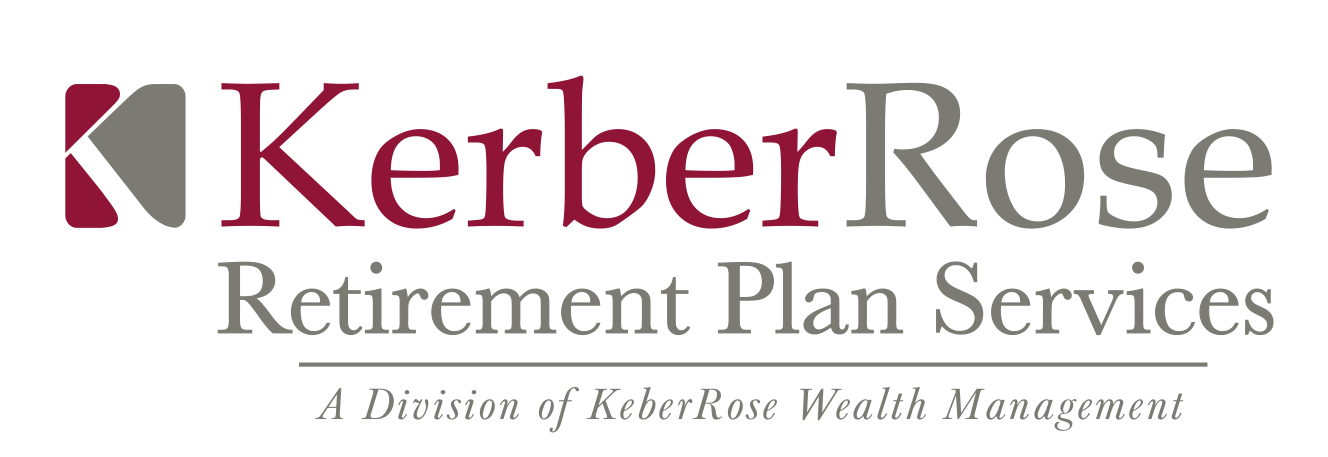3 Tactics to Combat the Great Resignation
During the pandemic, workers quit their jobs in record numbers across the U.S. According to the Bureau of Labor Statistics (BLS), four million employees (2.7%) resigned their positions in April 2021 – the largest number ever recorded since the BLS began tracking the metric in 2000. This mass exodus has been dubbed “the great resignation,” and it continues to rattle employers (3.9 million voluntary separations were logged in June). High turnover and loss of talent can seriously undermine an organization’s productivity and profitability. Thankfully, there are strategies you can use to help stem the tide.
1. Consider remote, distributed and hybrid workforce solutions. There’s a saying, “you can’t un-ring the bell.” Many employees who had a taste of remote work during the pandemic have come to prefer it and are rethinking their ideal employment situation. Finding flexible arrangements to accommodate these workers may prevent them from jumping ship at the first opportunity. Not all positions lend themselves to this option, however, so it’s also important on-site workers don’t feel overlooked. Consider offering this group additional perks such as flex work or casual Fridays.
2. Support financial wellness. Many employees have suffered from heightened emotional and psychological stress during the pandemic. Fear and anxiety about the health of family members, challenges helping kids with remote learning, social isolation and financial pressures have hit families hard. While COVID-19 continues to exert an outsized influence on many aspects of life, one area where plan sponsors can make a significant and meaningful difference is by supporting financial wellness. Financial Wellness programs offer a flexible, tailored and integrated approach which meet participants where they’re at — offering both online and in-person support. You’ll also be in a better position to attract potential new hires with qualifications meeting your organization’s needs by providing this valuable benefit.
3. Proactively assess (and boost) morale. Use performance reviews as an opportunity to gauge employee job satisfaction. Look for ways to support professional development by offering training and educational opportunities and encouraging appropriate lateral moves when possible. Don’t wait until you need to make a counteroffer to retain a valued worker. Find ways to show your appreciation to individuals and departments with special lunches or dinners, as well as public recognition of contributions and achievements. Encourage upstream communication about any frustrations or difficulties to head off potential defections. Also, don’t overlook the value of a 401(k) match in the eyes of your employees.
A tight job market fueled by low unemployment, record-high savings rates and soaring 401(k) balances suggests the great resignation may continue into the future. This is not the time to adopt a wait-and-see approach when it comes to employee retention. Organizations which are nimble and well-positioned to provide flexible solutions to meet the changing wants and needs of their workforce are more likely to attract and retain top talent during this period of historic turnover.
Talk to a KerberRose Retirement Advisor to discuss retention-focused retirement plan strategies for your employees.
Sources

